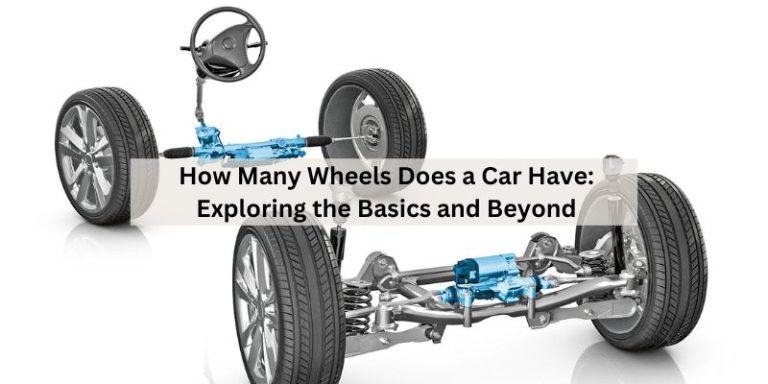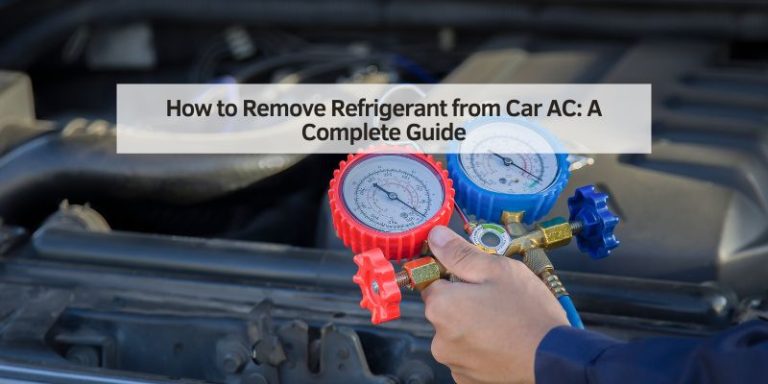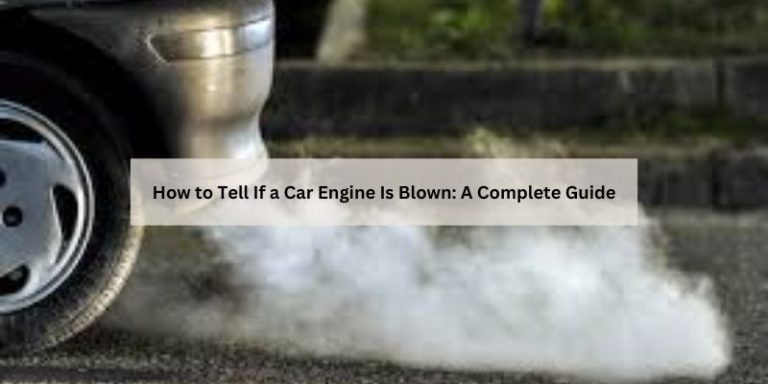How a Car Engine Works: Unveiling the Power Within
A car engine works by drawing a mixture of air and fuel into the combustion chamber, compressing the mixture, igniting it, harnessing the power of the reaction, and then expelling the burned gases from the engine. Essentially, the engine converts the energy from burning fuel into mechanical work that propels the car forward.
The process involves a series of interconnected components, including cylinders, pistons, fuel injectors, spark plugs, and more. Understanding how these components work together is essential for maintaining and repairing a car engine. We will explore the basic principles of how a car engine works, including the different types of engines and their configurations, as well as the key components and functions involved in the process.
The Heart Of The Machine: Key Components
The Role of Cylinders: Cylinders are a crucial component of a car engine. They provide the housing for the pistons and play a vital role in the combustion process. The number of cylinders in an engine varies depending on the vehicle, with most cars having either four, six, or eight cylinders.
Pistons: The Movers of the Engine: Pistons are responsible for converting the energy generated by the combustion process into mechanical motion. They move up and down within the cylinders, driven by the force of the expanding gases. The up and down motion of the pistons is what ultimately powers the vehicle’s wheels.
Together, cylinders and pistons form the foundation of a car engine, working in harmony to produce the power needed for the vehicle to operate. Understanding their roles and how they interact is essential in comprehending how a car engine works.
Breathing Life: The Four-stroke Cycle
| How a Car Engine Works |
Breathing Life: The Four-Stroke Cycle
|
The process of how a car engine works can be broken down into four strokes: intake, compression, power, and exhaust. During the intake stroke, a mixture of air and fuel is drawn into the combustion chamber. This mixture is then compressed during the compression stroke, increasing its pressure and temperature. The power stroke follows, where the compressed mixture is ignited, creating a controlled explosion that generates power. Finally, the exhaust stroke expels the burned gases from the engine. This four-stroke cycle repeats continuously to keep the engine running.
Igniting The Power: Combustion Process
The car engine works by utilizing a combustion process to generate power. The ignition of the fuel and air mixture is crucial for the engine’s operation. The spark plugs play a vital role in initiating the combustion process by producing a spark that ignites the mixture. Additionally, fuel injection ensures precision in delivering the right amount of fuel to the combustion chamber, optimizing power output and efficiency. This process is essential for the engine to function effectively and propel the vehicle forward.
Harnessing Energy: From Fuel To Motion
Car engines work by drawing a mixture of air and fuel into the combustion chamber, compressing the mixture, igniting it to harness the power of the reaction, and expelling the burned gases. The internal combustion engine consists of cylinders, pistons, fuel injectors, and spark plugs. These components work together to burn fuel and release exhaust gas, creating energy to power the car.
The Cleanup: Exhaust And Emissions
When a car engine is running, it goes through a series of processes to ensure the efficient combustion of fuel and the expulsion of waste gases. During the exhaust stroke, the waste gases are pushed out of the combustion chamber and into the exhaust system. This process is crucial for maintaining clean air and reducing harmful emissions. Emission control systems, such as catalytic converters, play a key role in minimizing pollution by converting harmful compounds into less harmful emissions.
Timing Is Everything: The Camshaft
| Timing is Everything: The Camshaft |
| Timing Belt: The Synchronization Maestro |
| Cam to Crank Ratio: Keeping the Engine in Check |
A car engine is a complex machine that requires every component to work together seamlessly. The camshaft, for instance, plays a crucial role in ensuring the engine runs smoothly. It controls the opening and closing of the valves, which allows air and fuel to enter the engine and exhaust to leave.
However, the camshaft cannot work alone. It relies on the timing belt to synchronize its movements with the crankshaft. The timing belt is responsible for ensuring that the valves open and close at the right time to prevent any damage to the engine.
The cam to crank ratio is also essential in keeping the engine in check. It determines the number of rotations the camshaft makes compared to the crankshaft. This ratio is critical in ensuring that the engine runs smoothly and that all the components work in harmony.
Staying Cool Under Pressure: Engine Cooling
The cooling system is one of the most critical components of a car engine. It helps regulate the temperature of the engine and prevent it from overheating. The radiator is an integral part of the cooling system, which dissipates the heat generated by the engine. The coolant flow in the engine also plays a vital role in maintaining the engine’s temperature and preventing it from overheating. The coolant circulates through the engine, absorbs the heat, and transfers it to the radiator for dissipation. The thermal regulator controls the coolant flow and ensures that the engine operates at the optimal temperature.
The Unsung Heroes: Lubrication And Maintenance
The lubrication system in a car engine plays a crucial role in maintaining the health and performance of the engine. The oil not only lubricates the moving parts but also helps in cooling the engine and removing harmful contaminants. Proper oil maintenance and regular changes are essential to ensure the longevity of the engine.
Electric Harmony: The Electrical System
The car’s electrical system plays a crucial role in its operation. The battery provides the initial power to start the engine, while the starter sets the process in motion. Once the engine is running, the alternator takes over, maintaining the charge in the battery and powering the electrical components.
Power Metrics: Understanding Torque And Horsepower
Understanding torque and horsepower is crucial for comprehending how a car engine works. Torque refers to the rotational force produced by the engine, determining the vehicle’s acceleration and towing capability. On the other hand, horsepower measures the engine’s overall performance and top speed. It reflects the engine’s ability to sustain power over time. In simpler terms, torque gets you moving, while horsepower keeps you going. Both are essential factors in evaluating a car’s performance and efficiency.
The Symphony Of Movement: Putting It All Together
When it comes to understanding how a car engine works, it’s like witnessing a symphony of movement. From ignition to exhaust, the complete cycle involves various components working together seamlessly. Let’s delve into the driving dynamics of an engine.
The engine’s functionality can be broken down into four main processes: intake, compression, power, and exhaust. During the intake stroke, a mixture of air and fuel is drawn into the combustion chamber. The compression stroke then compresses this mixture, preparing it for ignition.
Next comes the power stroke, where the mixture is ignited, resulting in a controlled explosion that generates power. Finally, the exhaust stroke expels the burned gases from the engine. This continuous cycle allows the engine to generate the energy needed to power a car.
Overall, a car engine is a complex system that relies on the harmonious interaction of various components, such as the cylinders, pistons, fuel injectors, and spark plugs. Understanding the basics of how an engine works can give us a deeper appreciation for the incredible engineering behind our everyday transportation.
Conclusion
Understanding how a car engine works is essential for every car owner. The intake, compression, power, and exhaust functions are the fundamental processes that ensure the engine generates power and propels the vehicle. By comprehending these steps, you can better maintain your engine and make informed decisions about repairs and upgrades.
So, next time you hear the hum of your engine, you’ll have a deeper appreciation for the intricate mechanisms that keep your car running smoothly. Keep exploring and learning about car engines to become a more knowledgeable and confident driver.







